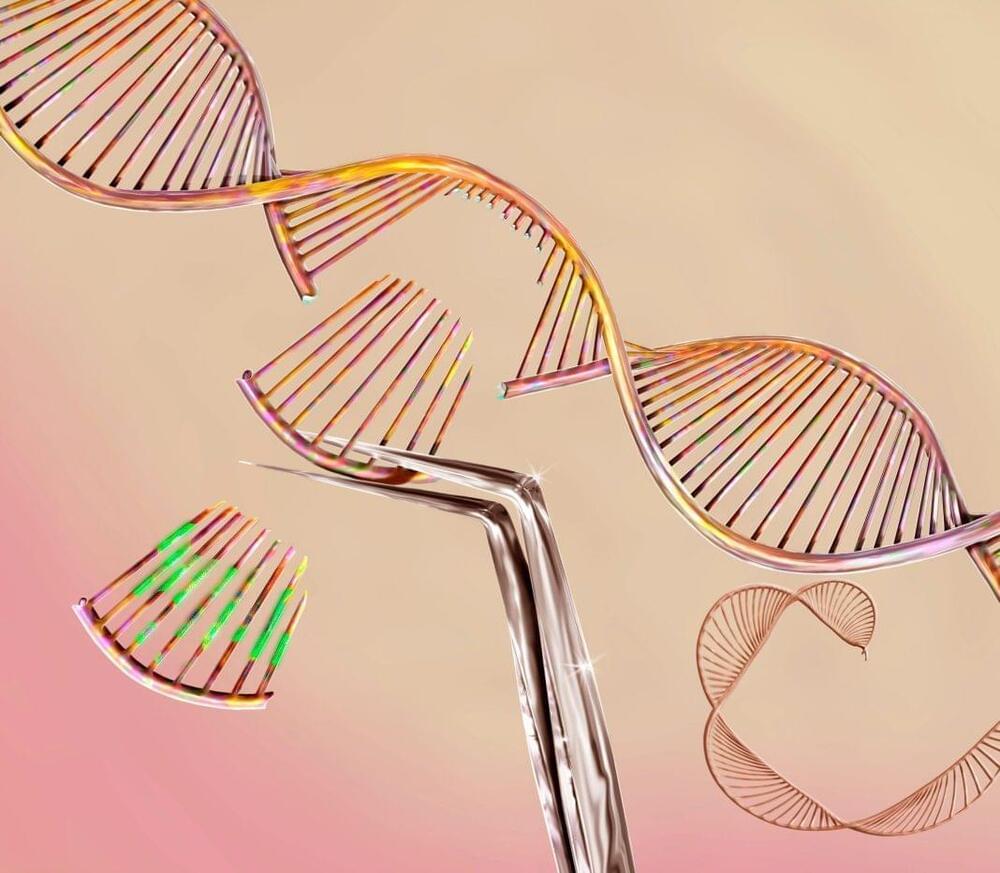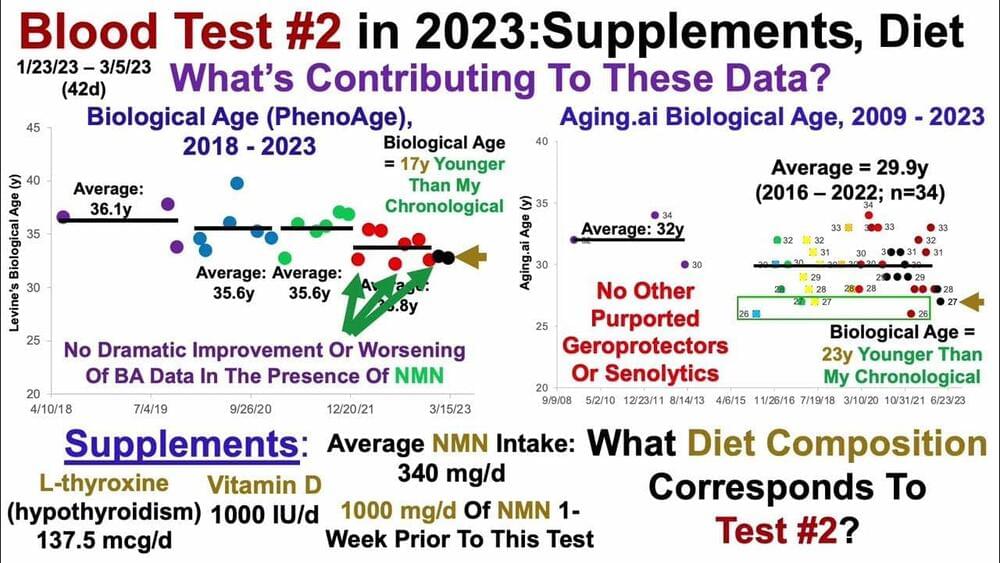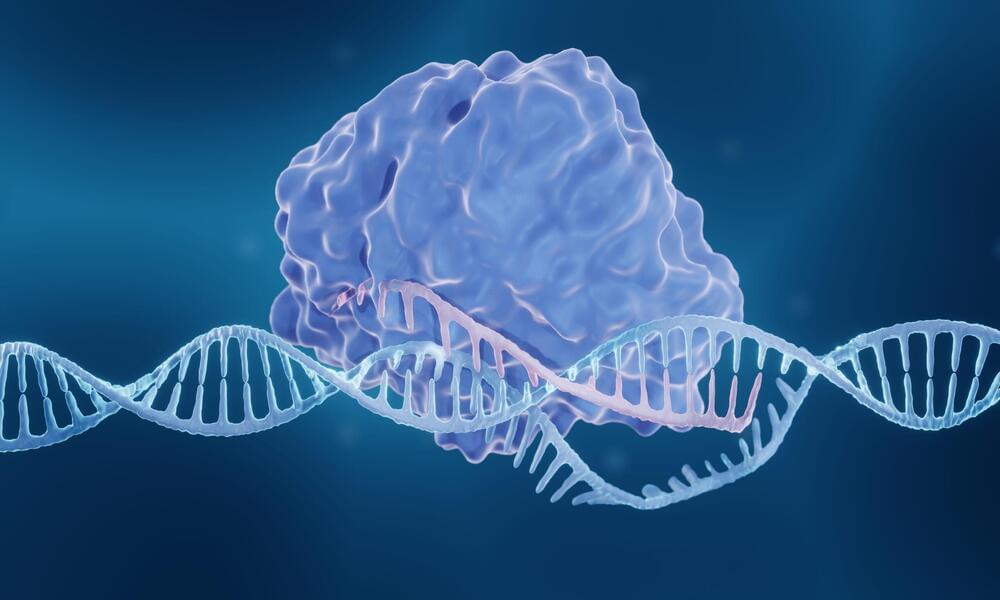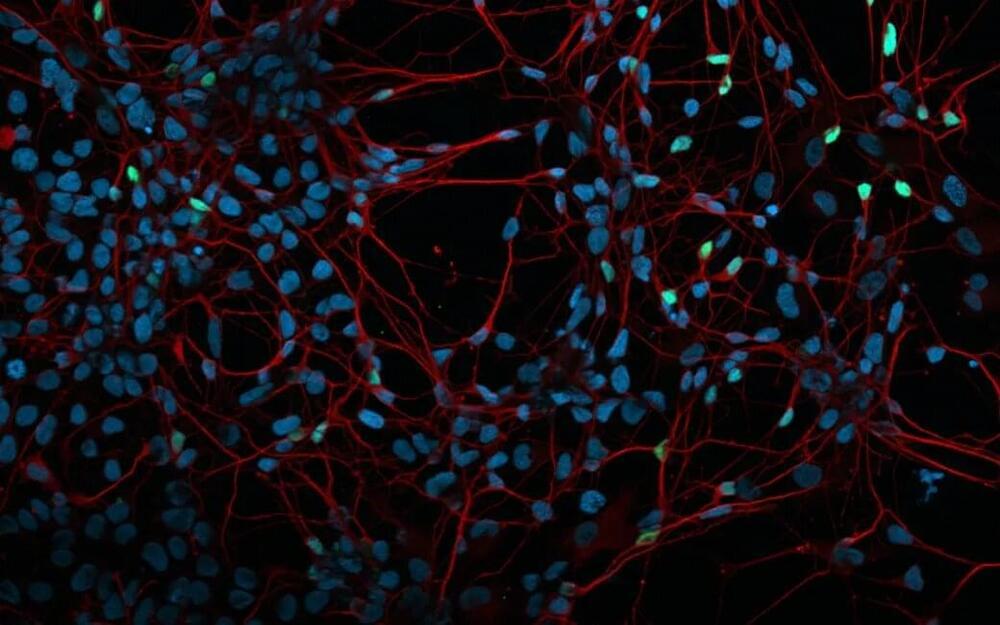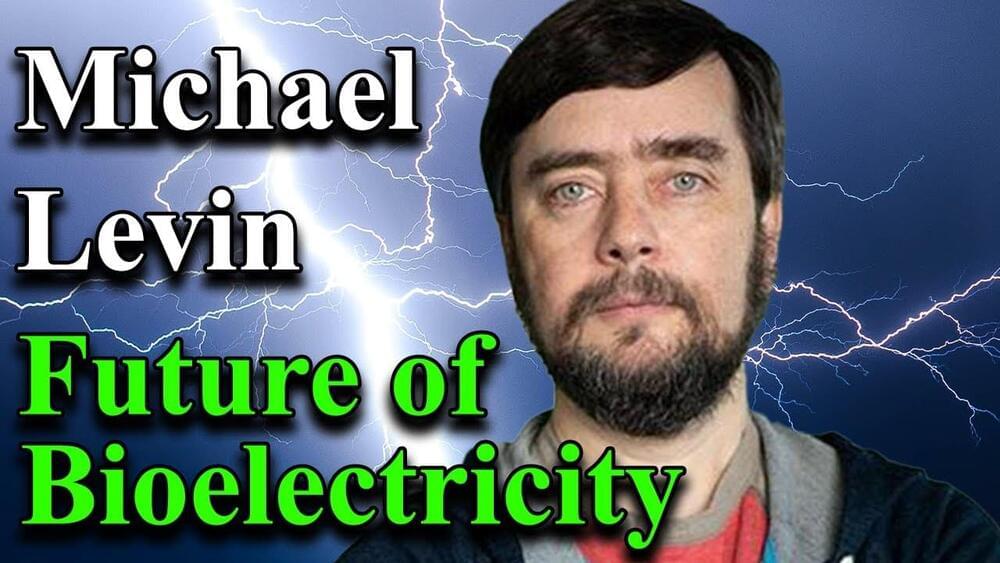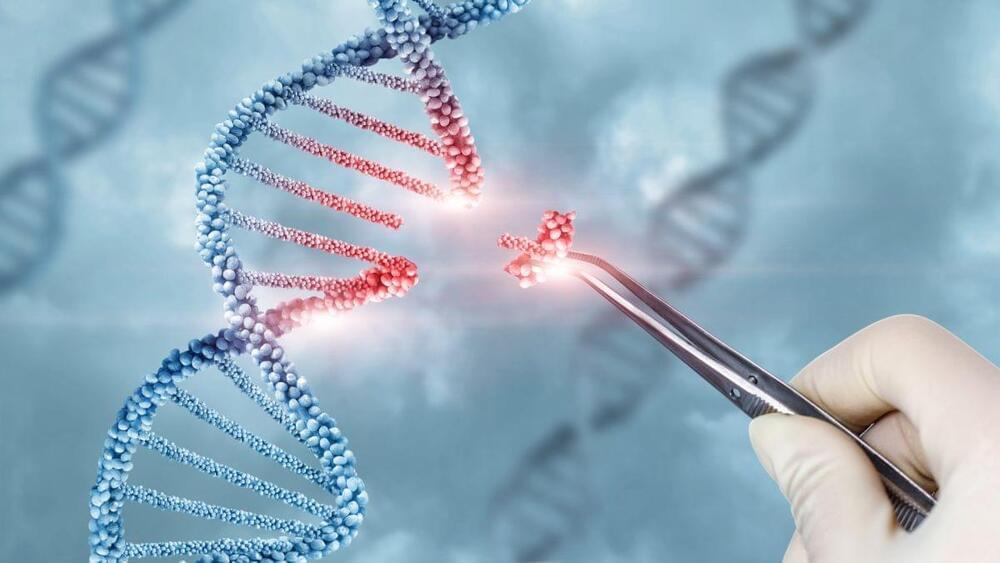Mar 29, 2023
Former Google engineer predicts humans will achieve immortality within eight years
Posted by Joseph Barney in categories: biotech/medical, genetics, life extension, nanotechnology, Ray Kurzweil, robotics/AI
One can only hope.
A former Google engineer has just predicted that humans will achieve immortality in eight years, something more than likely considering that 86% of his 147 predictions have been correct.
Ray Kurzweil visited the YouTube channel Adagio, in a discussion on the expansion of genetics, nanotechnology and robotics, which he believes will lead to age-reversing ‘nanobots’.


